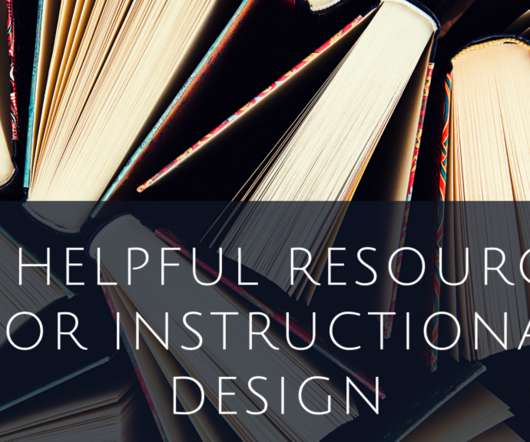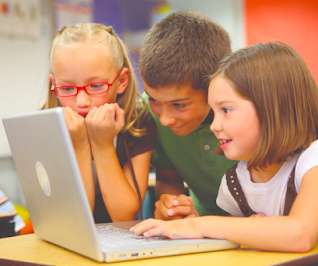12 Helpful Resources for Instructional Design
CourseArc
DECEMBER 20, 2021
Those learning experiences can take place in a variety of settings: in-school, out-of-school, on the job, and more. Since instructional designers develop so many types of resources—like eLearning courses, instructors’ manuals for classroom use, learning games, training courses for use in workplaces—there are always new skills to pick up.






























Let's personalize your content